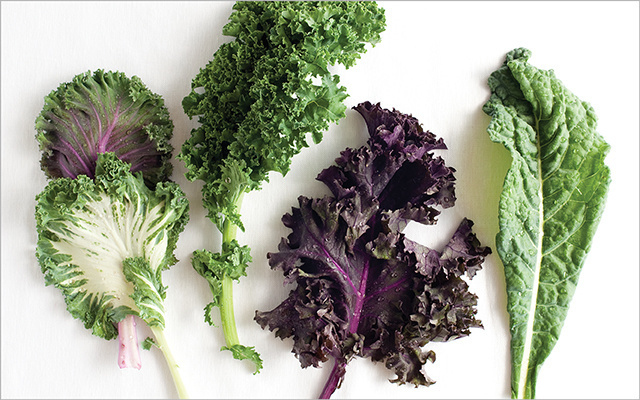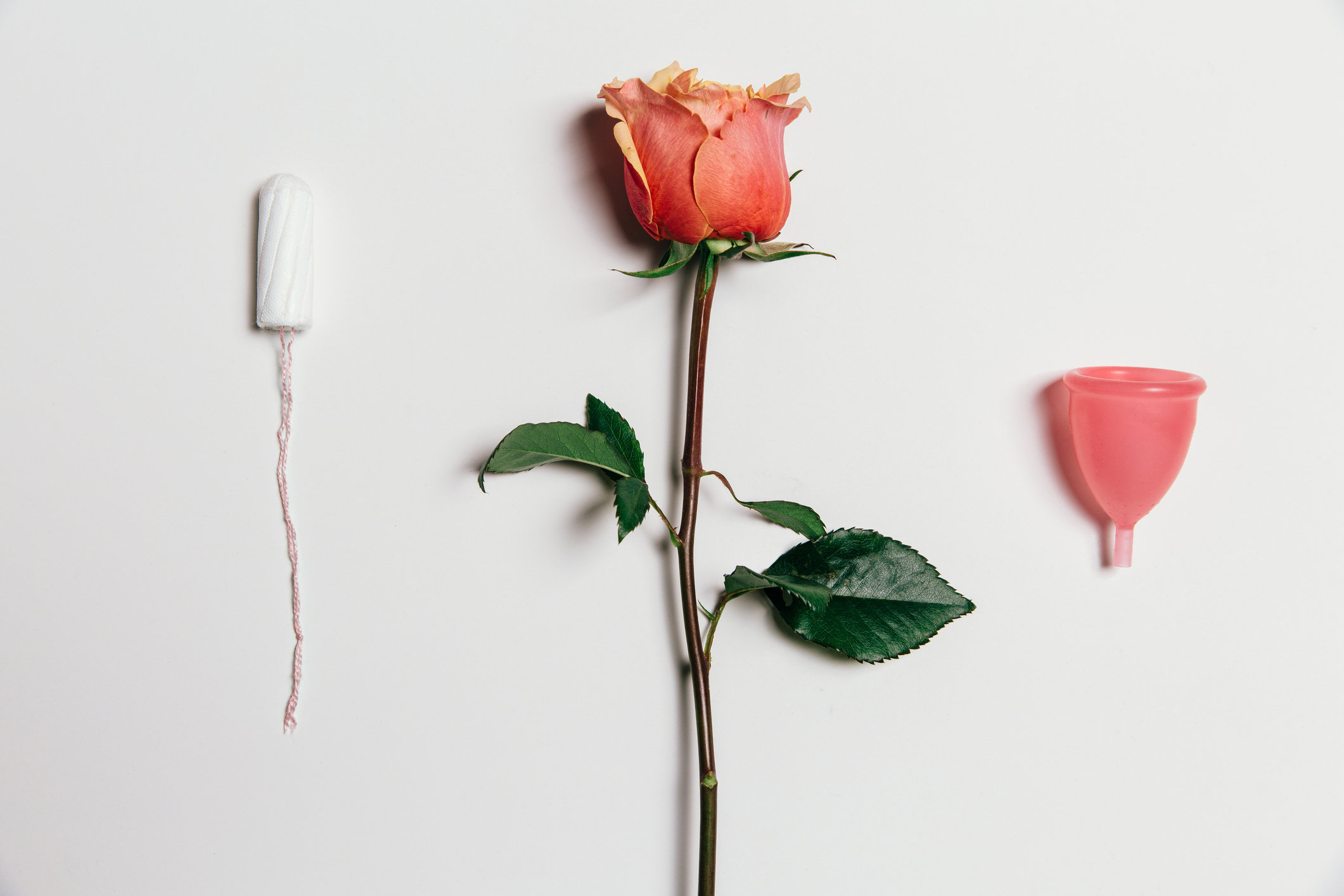It’s time to end the war on salt according to Scientific America. While salt has been trending in the wellness world in the form of specialized bath salts and even lamps, the salt in our diets has gotten a bad reputation. A 2010 study from the Institute of Medicine pushed the Food and Drug Administration to regulate the amount of salt added to food products, but does less salt really mean better health?
The answer lies in the difference between salt and sodium according to Well and Good. The two have become synonymous recently when they really shouldn’t be. Salt contains a lot of different minerals and sodium is one of them. While sodium is linked to an increased risk of heart disease and stroke, the reality is most people only get about 11% of the sodium in their diets from actual salt. The bulk of the sodium we consume is found in processed foods and beverages that use this mineral for a longer shelf life.
The FDA recommends no more than 2,300mg of sodium per day. Going over the recommended amount can lead to water retention and bloating while too little sodium can leave you dizzy and light headed. The key to consuming salt is all about balance and getting the right amount. Make sure to check food labels for sodium measurements and be aware that restaurant food is usually high in this fickle mineral.
The verdict? Don’t be afraid to use salt in everyday cooking. If you’re limiting processed foods and eating a whole foods diet, you’re probably getting a healthy amount of sodium. Salt is one of the most important components to cooking. Besides being one of the five basic tastes (sweet, bitter, salty, and umami), salt brings out distinct flavors in food. While you’ve probably heard of sea salt and maybe even pink himalayan, there are a lot of delicious salt varieties out there. Here’s a breakdown of the salts we love to cook with and how best to use them.
Table Salt (Refined Salt)
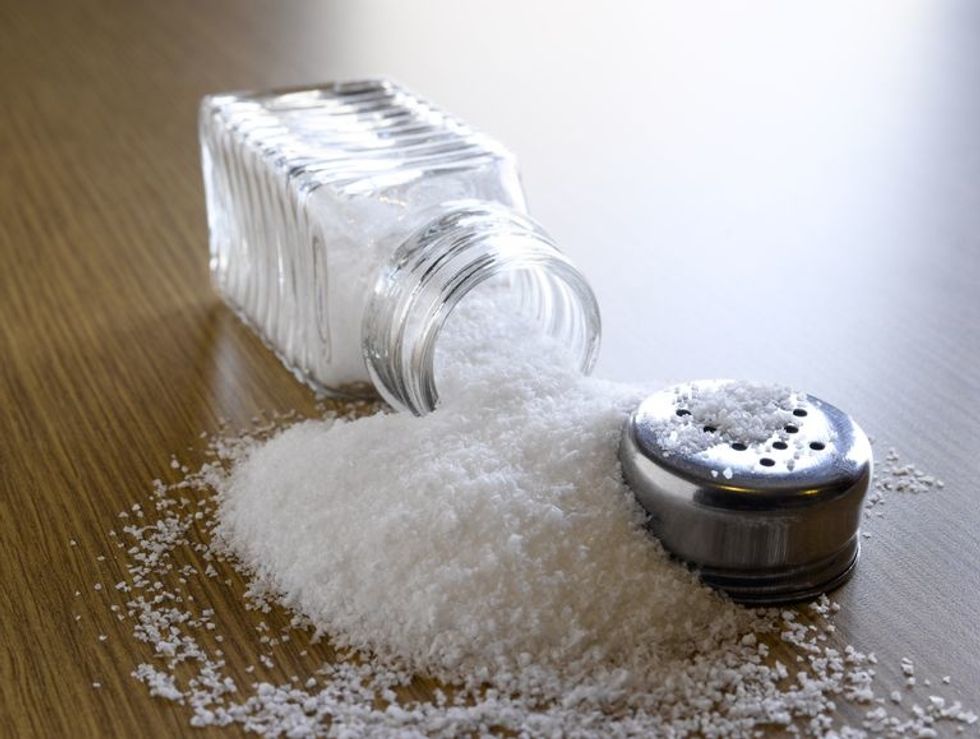 Food Series: Refined Table Salt
Food Series: Refined Table Salt
Kosher Salt
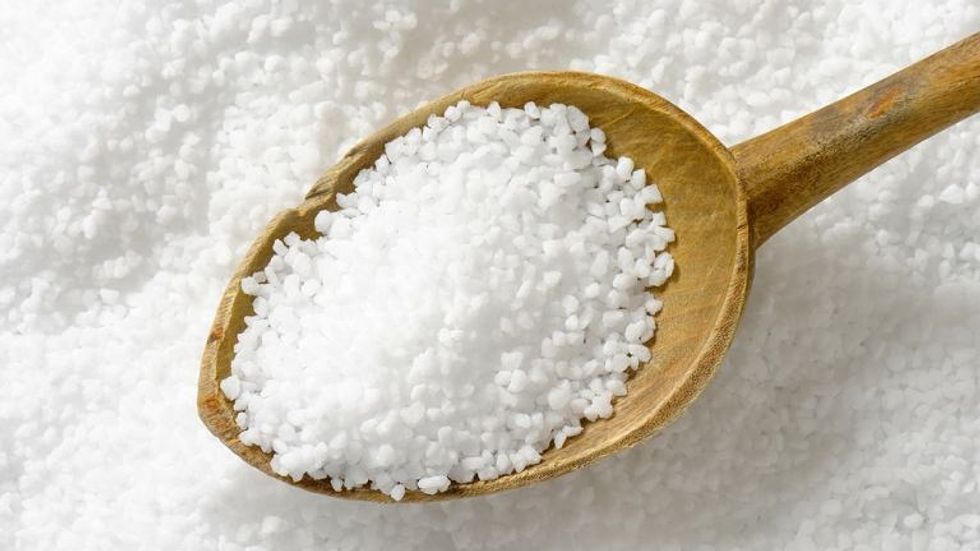 Food Series: Kosher Salt
Food Series: Kosher Salt
Sea Salt
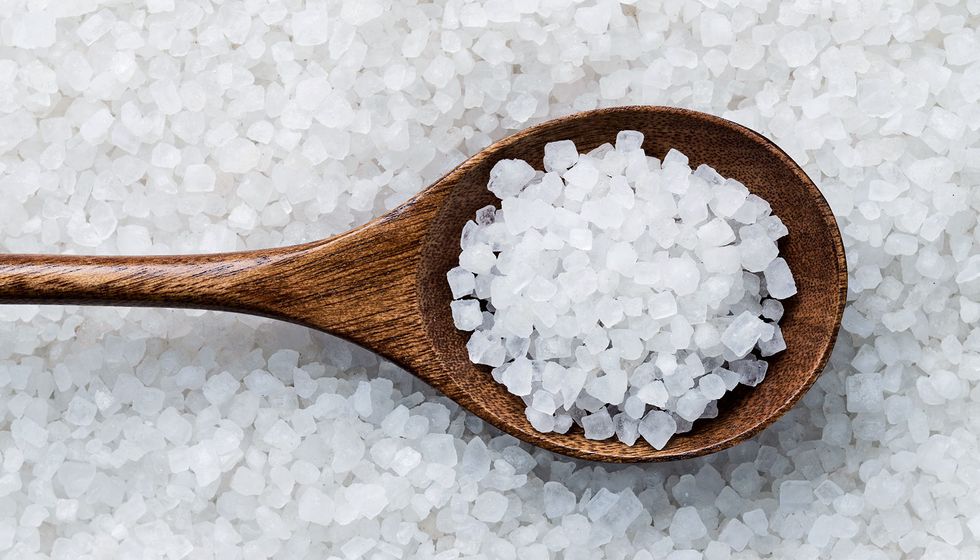 Food Series: Sea Salt
Food Series: Sea Salt
Celtic Sea Salt
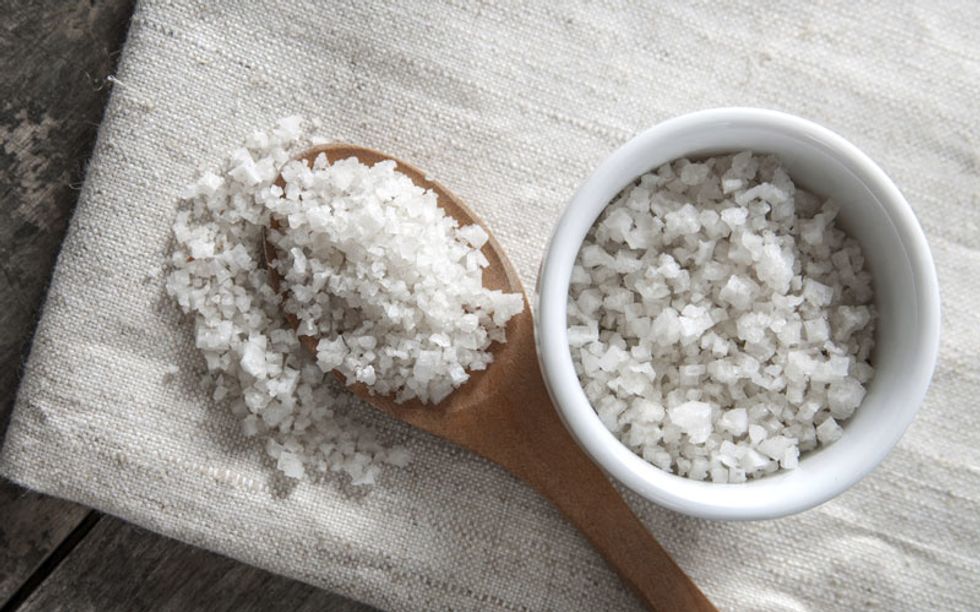 Food Series: Celtic Sea Salt
Food Series: Celtic Sea Salt
Flake Salt
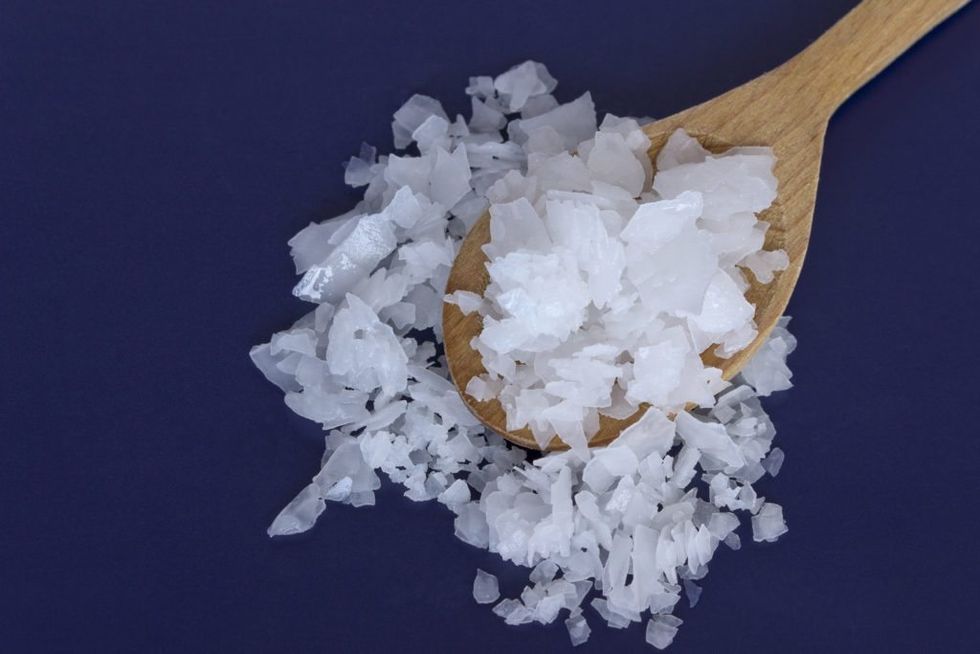 Food Series: Flake Salt
Food Series: Flake Salt
Pink Himalayan Salt
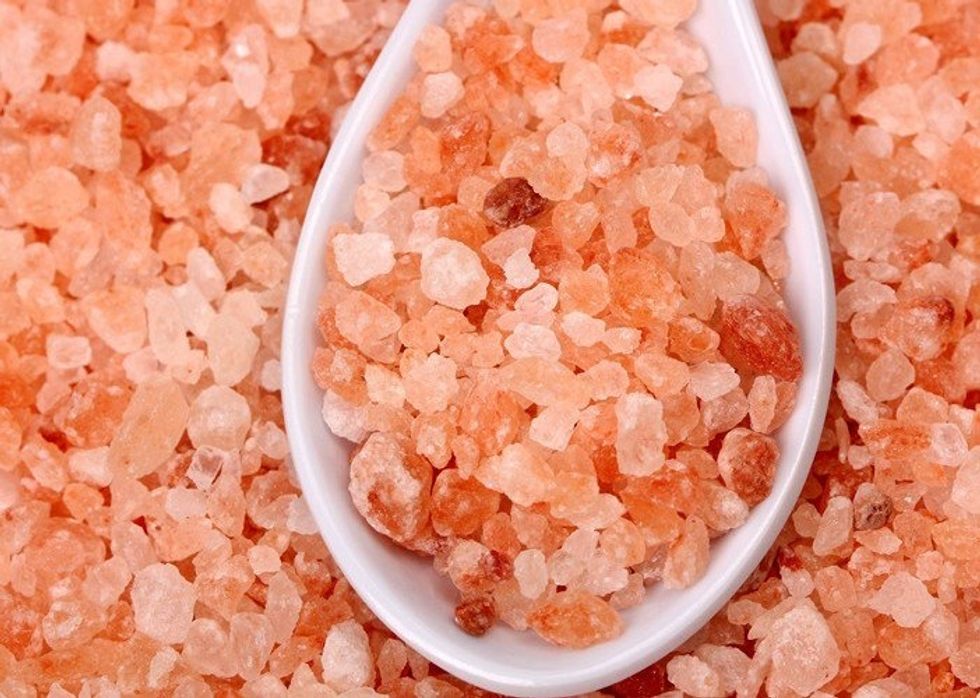 Food Series: Pink Himalayan Sea Salt
Food Series: Pink Himalayan Sea Salt
Fleur de Sel
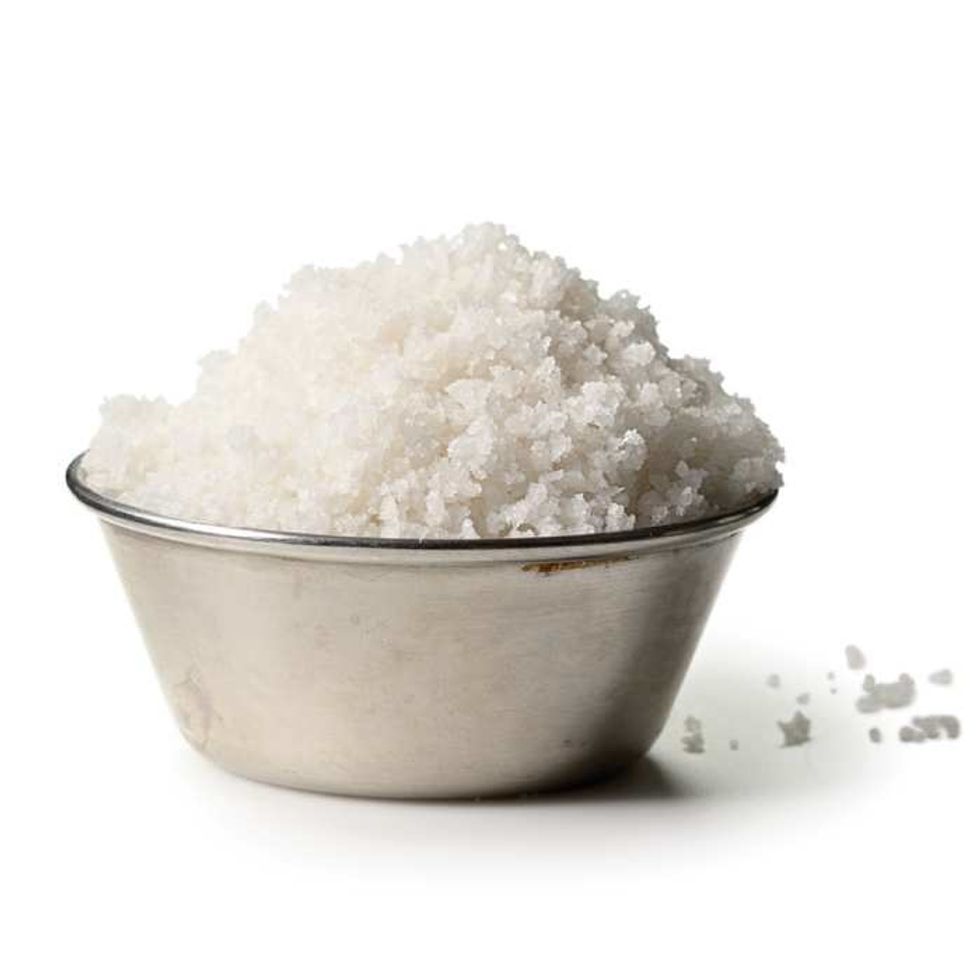 Food Series: Fleur de Sel Salt
Food Series: Fleur de Sel Salt
Fleur de Sel means “flower of the sea” in French, and like celtic sea salt, is harvested from tide pools off the coast of France. Fleur de Sel is the finest form of salt and has a labor-intensive harvesting process that makes it one of the most expensive salt varieties. It’s often referred to as the caviar of salts. Fleur de sel has grey-ish tint and a delicious flavor that’s perfect for meats, seafood, vegetables, and even baked goods.
Black Hawaiian
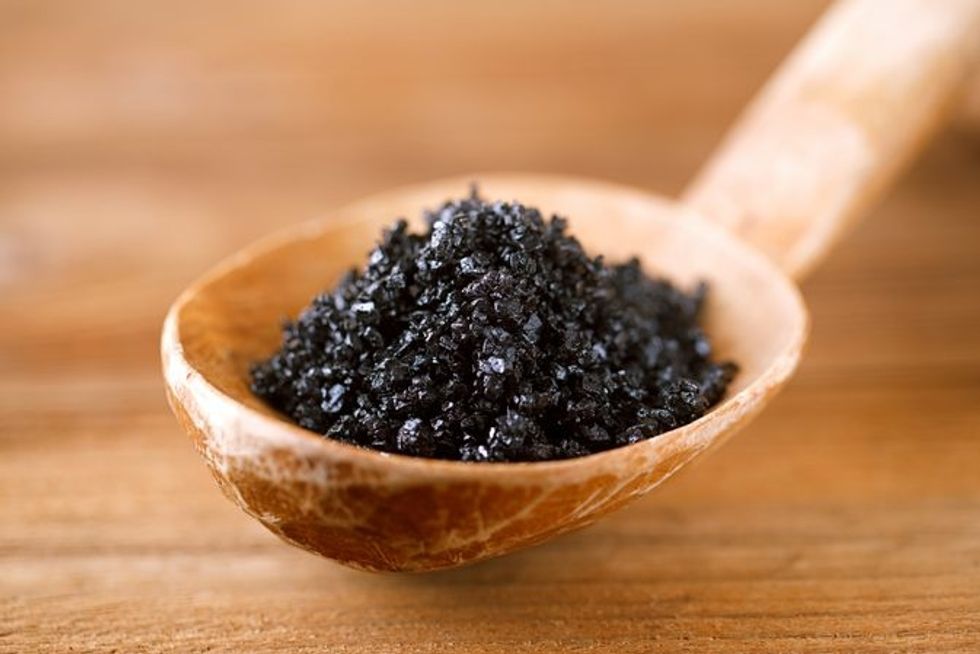 Food Series: Black Hawaiian Salt
Food Series: Black Hawaiian Salt
Black Hawaiian salt is harvested from activated charcoal from the volcanic islands of Hawaii. It’s also known as black lava salt, and has a dark black color. It’s coarse, slightly crunchy and works great on seafood and pork dishes.
Red Hawaiian
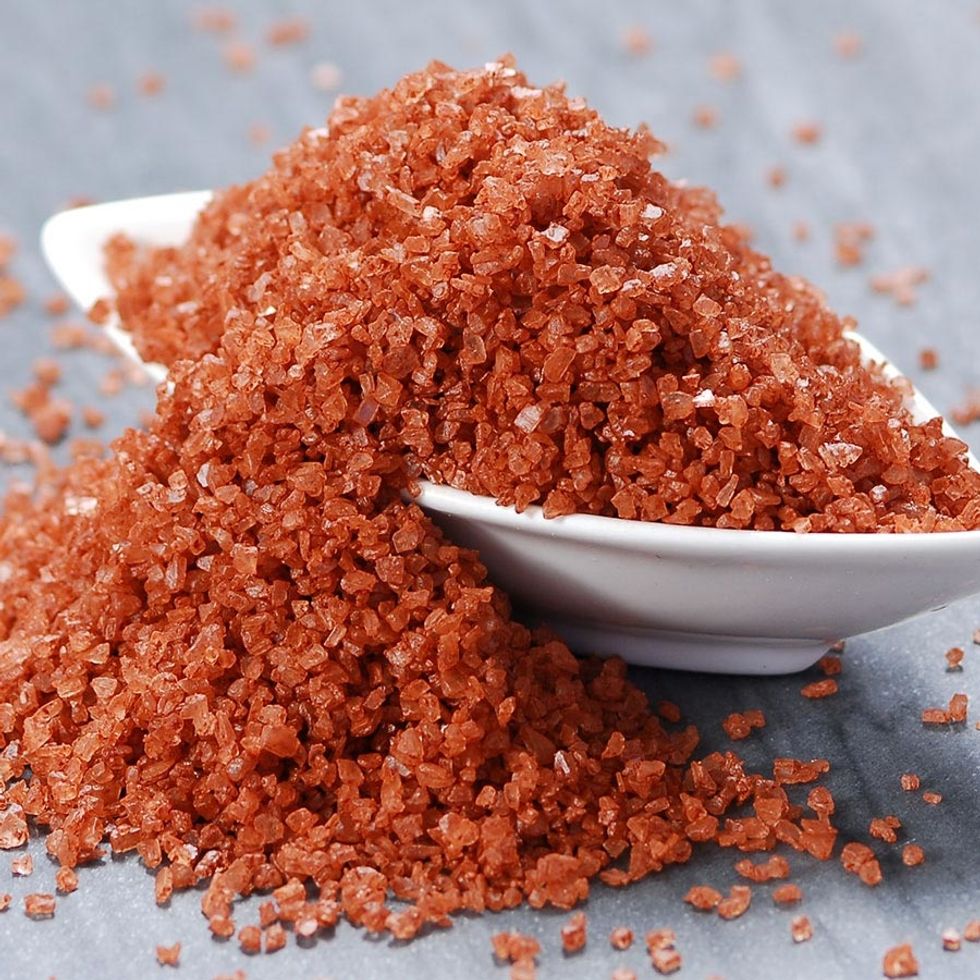 Food Series: Red Hawaiian Salt
Food Series: Red Hawaiian Salt
Smoked Salt
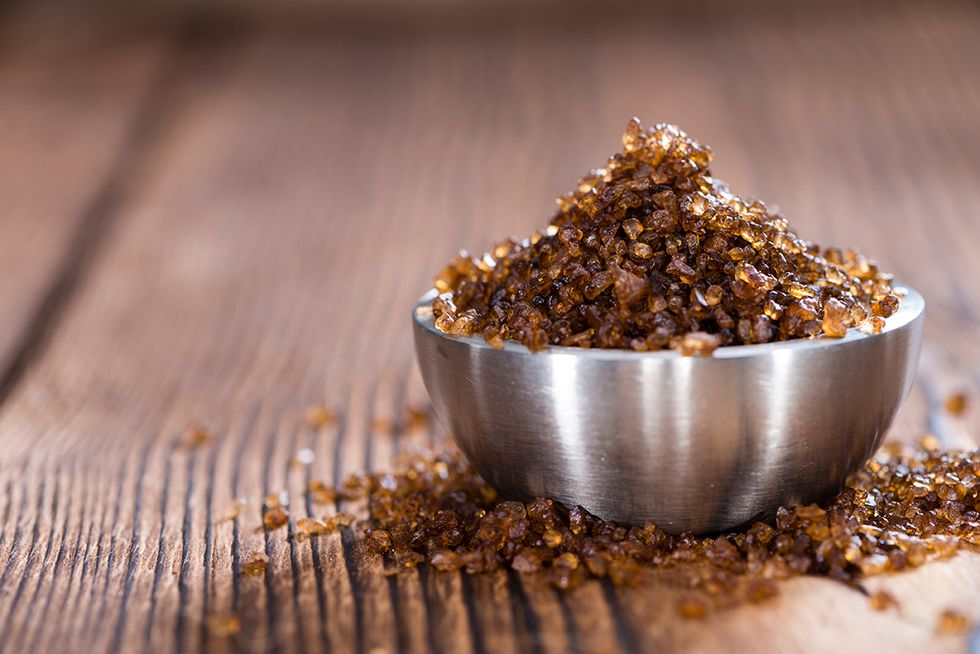 Food Series: Smoked Salt
Food Series: Smoked Salt
Smoked salt is one of my favorite salts to use when I’m making slow-cooked meats. It’s made by being slowly smoked over a wood fire for about two weeks. The flavor and color of this salt varies depending on the wood used and the amount of time the salt is left to smoke. Generally, it has a bronzy color and wonderful smokey flavor that’s perfect for red meat and hearty vegetables like potatoes.







